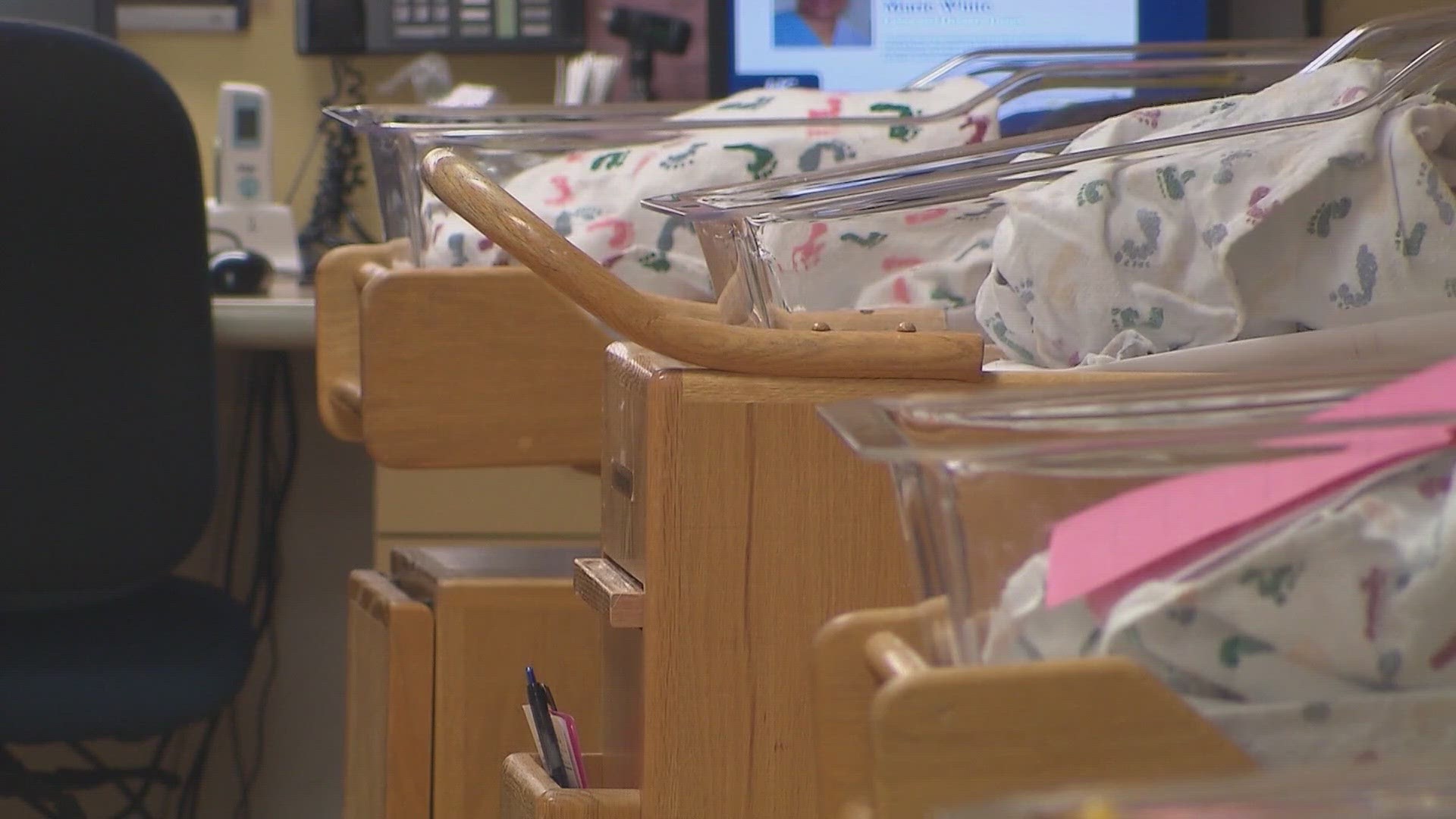Mild traumatic brain injuries (TBI) in children are very common. The Centers for Disease Control just released new guidelines on how to diagnose, treat and get your child back to activities quickly and safely.
What is a mild traumatic brain injury?
This is commonly also known as a concussion. Mild TBIs are caused by the brain being enclosed in a very hard shell, the skull. When a child gets a hit or hits their head, the brain bounces around in this very hard shell and certain chemicals are released. Brain cells can become damaged or stretched. Children's brains are especially vulnerable to this type of injury, so even a small bonk to the head can cause problems.
What are the symptoms of a concussion?
They can be pretty vague and variable. Children can have four major categories of symptoms: cognitive, physical, sleep and mood/behavior. Children can have difficulty doing simple and complex tasks, feel drowsy or sleep much more than normal, difficulty concentrating at school, changes in their behavior and even have headaches, nausea, vomiting. Thirty percent of kids may still have symptoms 1 month after the injury, 10 percent have symptoms up to 3 months after the injury, and 5 percent may have symptoms last at the 1-year mark.
When do I need to go to the ER for a concussion?
Some possible reasons children may need to go to the ER are if they are under 2 years old, were knocked unconscious, have a bruising or bleeding from the head, a possible skull fracture, vomiting, are not acting normally, are very drowsy or have a severe type of injury. Doctors are using clinical tools to help decide whether your child will need a cat scan or MRI because we want to limit the amount of radiation exposure for children. (Ultimately, I always tell parents to go with your gut. If you feel like your child is not acting normally, is “different” or if you are worried, talk to or see your healthcare provider immediately.)
Helping your child recover from a concussion is as easy as 1-2-3-4. (From the CDC Concussion Discharge Instructions.)
- Rest right after the injury. Take it easy the first few days after the injury when symptoms are more severe.
- Within a few days, as your child starts to feel better (and within a few days after the injury), he or she can gradually return to regular (non-strenuous) activities.
- When symptoms are mild and nearly gone, return to most regular activities.
- Recovery from a concussion is when your child is able to do all of their regular activities without experiencing any concussion symptoms.
Follow 9NEWS Medical Expert Dr. Comilla Sasson on Facebook and Twitter. Have a question for Dr. Comilla? Email her at c.sasson@9news.com



